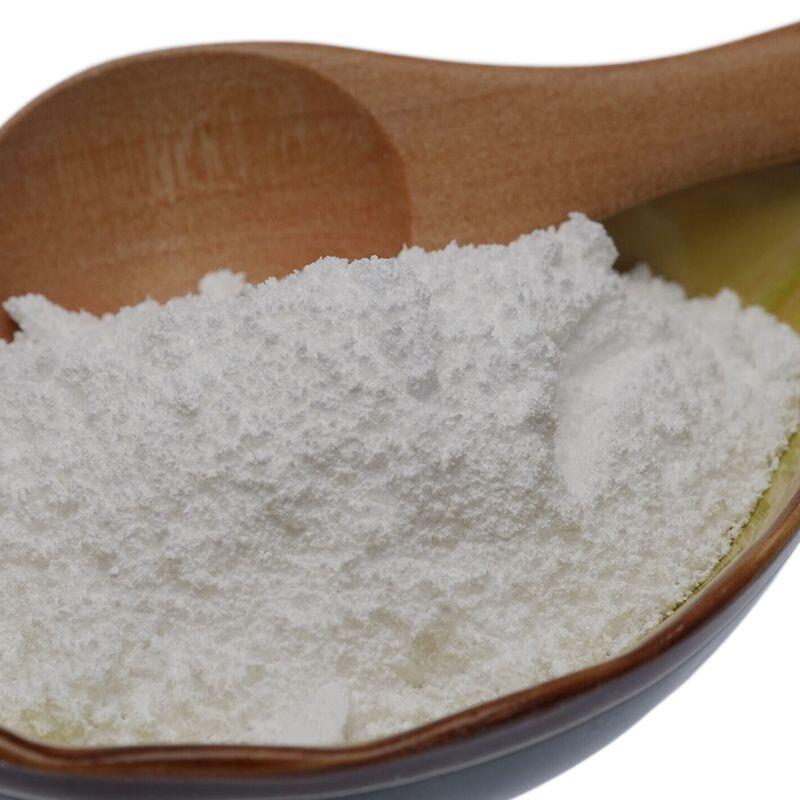-
Categories
-
Pharmaceutical Intermediates
-
Active Pharmaceutical Ingredients
-
Food Additives
- Industrial Coatings
- Agrochemicals
- Dyes and Pigments
- Surfactant
- Flavors and Fragrances
- Chemical Reagents
- Catalyst and Auxiliary
- Natural Products
- Inorganic Chemistry
-
Organic Chemistry
-
Biochemical Engineering
- Analytical Chemistry
-
Cosmetic Ingredient
- Water Treatment Chemical
-
Pharmaceutical Intermediates
Promotion
ECHEMI Mall
Wholesale
Weekly Price
Exhibition
News
-
Trade Service
N,N-Dimethyl 3-nitrobenzenesulfonamide, commonly referred to as NDBS, is a widely used chemical in the chemical industry.
It is a colorless liquid with a characteristic amine-like odor, and it is soluble in water as well as in many organic solvents.
NDBS has a wide range of applications, including as a catalyst, a ligand, and a reagent in various chemical reactions.
One of the most common applications of NDBS is as a catalyst in the polymerization of monomers.
For example, it is used in the polymerization of cyclohexene oxide to produce cyclohexanone, a key intermediate in the production of nylon.
NDBS is also used as a catalyst in the polymerization of vinyl chloride to produce polyvinyl chloride (PVC), a widely used plastic in the manufacturing of pipes, window frames, and other products.
Another application of NDBS is as a ligand in the catalytic reduction of carbon dioxide to produce methanol.
This reaction is commonly referred to as the Sabatier reaction, and it involves the use of a metal catalyst, such as ruthenium or iron, in the presence of NDBS and hydrogen gas.
The NDBS ligand helps to activate the carbon dioxide molecule and facilitate the reaction.
NDBS is also used as a reagent in a variety of chemical reactions, including the synthesis of heterocyclic compounds, such as thiophene and pyridine.
In these reactions, NDBS acts as a sulfonating agent, adding a sulfonate group (-SO2NH2) to the compound being synthesized.
This reaction is commonly referred to as sulfonation, and it is used to introduce a polar functional group into organic compounds.
The synthesis of NDBS involves several steps, including the reaction of aniline with nitric acid to produce N-nitrosodimethylaniline (NDMA), followed by the reaction of NDMA with sodium hydroxide to produce N-methyl-N-dimethylaniline (MDMA).
The final step involves the reaction of MDMA with chlorosulfonic acid to produce N,N-dimethyl 3-nitrobenzenesulfonamide.
The production of NDBS is a well-established process that has been widely studied and optimized.
However, the use of nitric acid and other strong acids in the synthesis of NDBS requires careful handling and safety measures to prevent accidents or injuries.
The handling and storage of NDBS also requires adherence to safety regulations, including the use of protective equipment, such as gloves and eye protection.
In conclusion, N,N-Dimethyl 3-nitrobenzenesulfonamide is a versatile chemical with a wide range of applications in the chemical industry.
Its use as a catalyst, ligand, and reagent in various chemical reactions has made it an important compound in the production of various chemicals and products.
The synthesis of NDBS involves several steps, and it requires careful handling and safety measures to prevent accidents or injuries.
Nonetheless, NDBS is a valuable chemical that continues to play a critical role in the chemical industry.







